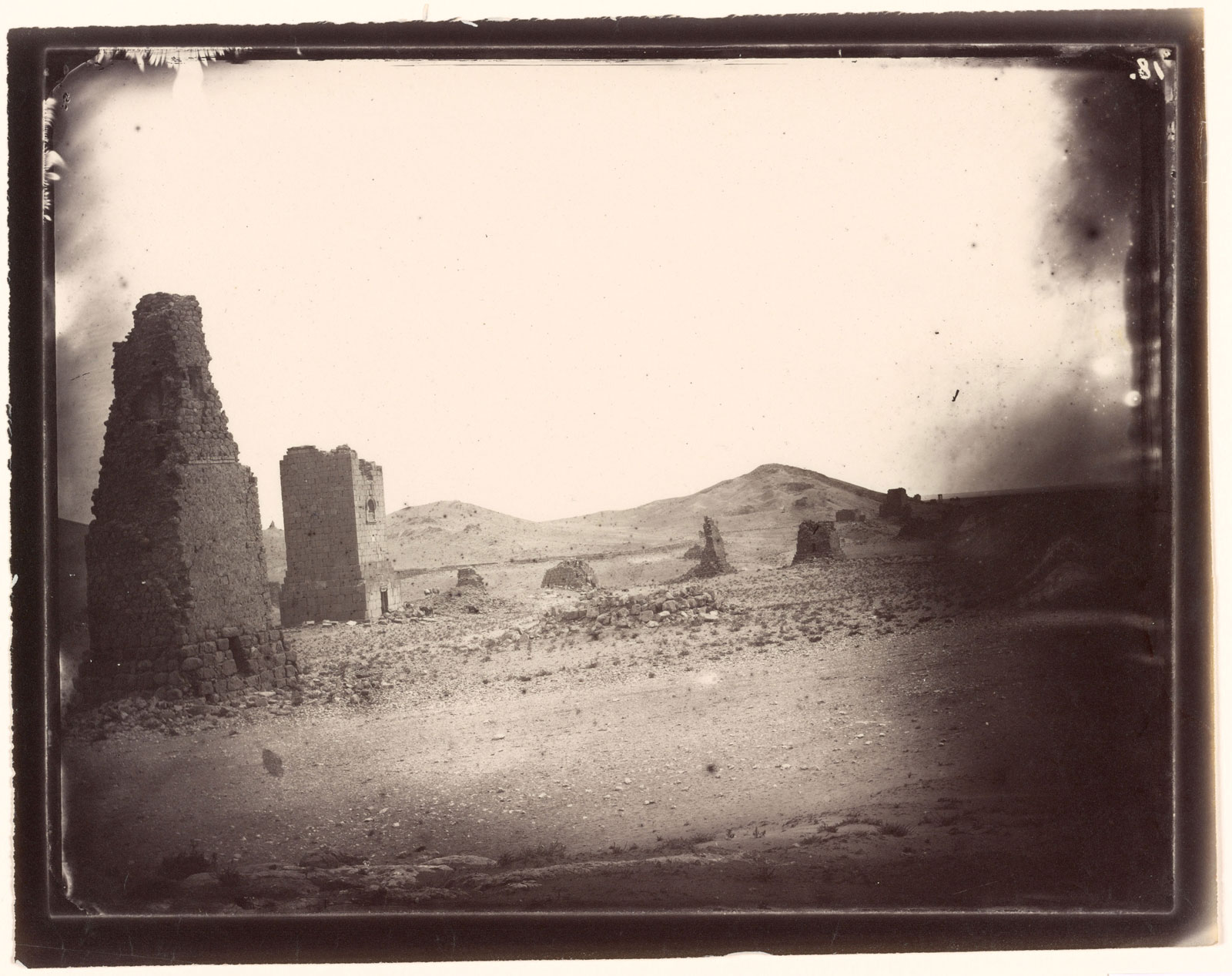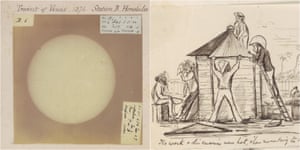via ResearchBuzz Firehose
In development: a digital archive of Islamic art. “Assembled over the course of five decades by the noted art collector Edmund de Unger (1918–2011), the Keir Collection of Islamic Art is recognized by scholars as one of the most geographically and historically comprehensive of its kind, encompassing almost 2,000 works spanning three continents and 13 centuries of Islamic cultural production—from rock crystal to metalwork, ceramics, textiles, carpets and works on paper. The Keir Collection came to the [Dallas Museum of Art] on a long-term loan agreement with the trustees of the Keir Collection that was finalized in 2014, transforming the Museum into the third largest repository of Islamic art in the United States….As part of its loan agreement with the trustees of the Keir Collection, the Museum is also creating the first ever digital archive of the collection to enhance its accessibility for scholarship and public engagement.”
This led me on something which turned out not to be a wild-goose chase even if it was a time-waster!
via ArtfixDaily where I found some superb images

and then into Wikipedia where I found more

Enjoy
===================================
Whenever we have ventured into new experimental territory, we’ve discovered that our previous “knowledge” was woefully incomplete. So what to make of Italian physicist Carlo Rovelli?
via the New Statesman by Michael Brooks
Albert Einstein knew the truth. “As far as the laws of mathematics refer to reality, they are not certain; and as far as they are certain, they do not refer to reality.” However good we are at maths – or theoretical physics – our efforts to apply it to the real world are always going to mislead. So perhaps we shouldn’t be surprised that reality is not what it seems – even when, like the Italian physicist Carlo Rovelli, you’ve done the maths.
Continue reading
===================================
via Boing Boing by Mark Frauenfelder
My friend Rachel shot this great video of a cute spider making her web. Anyone know what kind it is?
Click through for the video
via The National Archives Blog by Dr Jessica Nelson
King John died in 1216 – 800 years ago. A few years after his death, the medieval chronicler Matthew Paris wrote about him that ‘foul as it is, Hell itself is made fouler by the presence of King John’.
His reputation has not improved over the centuries: King John is seen today as a cardboard villain – the archetypal Bad King – remembered chiefly for being such a tyrant that his barons rebelled and forced him to grant Magna Carta. But why does John have this terrible reputation? And is it fair?
Continue reading
The panel discussion to which the blog post refers is long gone but the literary references may interest some of you.
===================================
via 3 Quarks Daily: Ingrid D. Rowland at the NY Review of Books

Valley of the Tombs, Palmyra
In September 2015, the Getty Research Institute in Los Angeles acquired the first photographs ever taken of Palmyra, the great trading oasis in the heart of the Syrian desert. Louis Vignes was a young lieutenant in the French navy whose interest in photography earned him a place on a scientific expedition to the Dead Sea region in 1863. The twenty-nine photographs he made of Palmyra during his visit in 1864 (including two panoramic shots) were finally printed in Paris by the pioneering photographer Charles Nègre (who had taught Vignes) between 1865 and 1867.
Continue reading
===================================
via OUP Blog by Caroline Shenton

“What a chance for an architect!” Charles Barry exclaimed as he watched the old Palace of Westminster burning down in 1834. When he then went on to win the competition to design the new Houses of Parliament he thought it was the chance of a lifetime. Instead it turned into the most nightmarish building project of the nineteenth century. What ‘lessons learned’ might the brilliant classical architect draw up today based on his experiences?
Continue reading
===================================
via Research Buzz Firehose: Rebekah Higgitt in The Guardian

Images from the Transit of Venus collection, courtesy of Charlotte Tupman and Cambridge University Library. Composite: Cambridge Digital Library
Documents related to a 19th century astronomy expedition have been digitized. “The papers relate to the expeditions organised from the Royal Observatory to observe the 1874 transit of Venus. This is a rare event, when the planet Venus can be seen passing in front of the disk of the Sun – it last occurred in 2012 and won’t be seen again until 2117. In the 18th and 19th centuries a huge effort was made to organise observing expeditions: it was hoped that careful observations from widely spaced locations on Earth would provide a means to triangulate the distance between the Earth and sun.”
Please note that the expedition was to Hawaii, this was the 19th century, and some of the documents reflect racist stereotypes and viewpoints.
Continue reading
===================================
via OUP Blog by Michael Pluess

It is easy to observe that some people are happier than others. But trying to explain why people differ in their happiness is quite a different story. Is our happiness the result of how well things are going for us or does it simply reflect our personality? Of course, the discussion on the exact roles of nature (gene) versus nurture (experience) is not new at all. When it comes to how we feel, however, most of us may think that our happiness must be more strongly influenced by situational factors than our genes. But could it be that some people are happier than others simply because they inherited genes that make them generally feel better regardless of whether they had a good or a bad day? In other words, could being lucky in the genetic lottery be more important for our happiness than whether we get to travel to exotic places or enjoy the company of loving friends? Fortunately, we are now able to consider this age-old debate from a scientific rather than a merely philosophical perspective. So what does science tell us about the origins of individual differences in happiness?
Continue reading
===================================
via The New Statesman by Tracey Thorn
It felt rude and fun to reject the Beatles – like laughing at businessmen in bowler hats. But after seeing Eight Days a Week, I might just feel differently.
Continue reading
===================================
via 3 Quarks Daily
A blog full of gorgeous hand-drawn animation
via Boing Boing by Caroline Siede
I stumbled across this fantastic Tumblr full of traditional hand-drawn animation, and I can’t get enough of it. Artist Willow S. Linda reinterprets live action and cartoon characters in her own style, like these Star Wars portraits or this Beauty and the Beast design. But she also creates her own characters too. The first one that caught my eye was [this] delightful little story of a mermaid and a centaur.

Fascinating.
Continue reading
No comments:
Post a Comment